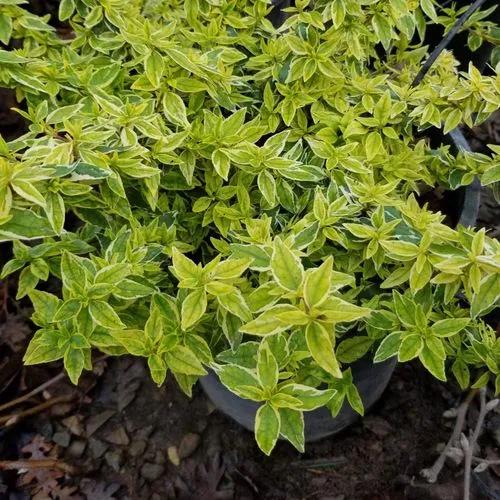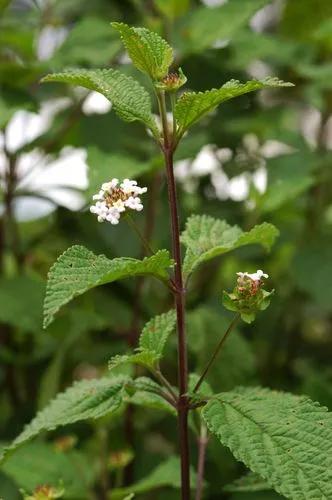The flamingo tree can be an awesome sprawling tree or a shrub, so it will easily become one of the centers of attention and decorate any garden corner. The plant is popular due to its unpretentiousness, primarily because it is winter-hardy, resistant to diseases and pests, and fast-growing, so it won't take long to see it in all its glory.
Salix flamingo Care
Salix integra 'Flamingo'



The exotic Salix integra 'Flamingo' is a fast-growing deciduous species from the family Salicaceae with willow flowers of a tender pink color on which small strips of white and green shades are clearly distinguished. Besides its scientific name, this plant from Asia is also generally known by the common name flamingo or flamingo willow.
How to Care for the Plant

Water

Watering should be abundant and diligent because flamingo trees prefer moist but well-drained soil.

Pruning

It is best to carry out pruning in the spring constantly, removing all dead and crooked shoots. It will allow you to form a beautiful, dense crown.

Fertilizer

In early spring, it is necessary to feed the culture with mineral fertilizer.

Sunlight

Although this tree can be grown in various conditions, including shaded lighting, it is better if you place your flamingo willow on the light side.

Soil

It grows best on rich, humus-rich soil. It is necessary to plant the culture on light or medium-density sandy soil, as well as on peat soils.

Propagation

Willow Flamingo is easy to cut and propagate. You can put a branch in the water with a root former and then plant it in the ground.

Temperature

Perfectly adapts to a temperate climate with temperature differences in winter and summer. It can live at the lowest temperature of -24 °F (-31 °C) and is wind-resistant.

Container

The shallow roots of flamingo willow allow it to grow in the container. Flamingo willow can start to grow in a pot on a patio, but if you want to ensure its health and growth, you need to plant it later in the soil outdoors.

Fun fact

The tree branches' full length turns coral and red if the climate is very warm.

Popularity

325 people already have this plant 40 people have added this plant to their wishlists
Discover more plants with the list below
Popular articles






